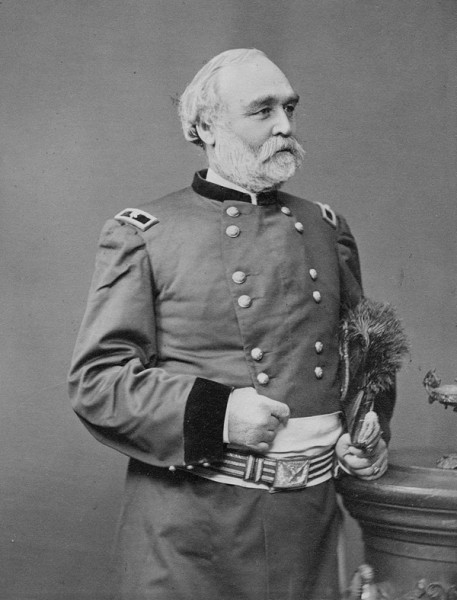Archives – Winter 2005

Montgomery C. Meigs
Montgomery C. Meigs, a career soldier in the Army Corps of Engineers, distinguished himself as an engineer and military planner and was elected to the National Academy of Sciences in 1865. As Quartermaster General during the Civil War, he was responsible for procuring all the supplies for the Union army, and his understanding of the importance of logistical preparations in military planning contributed to definitive Union successes. Charged with finding a place for a national cemetery, he chose the land in front of Robert E. Lee’s mansion in Arlington, Virginia, that is now Arlington National Cemetery.
Meigs’s legacy includes well known Washington buildings, including the National Museum (now known as the Smithsonian’s Arts and Industries Building), the Washington Aqueduct, and the wings and dome of the U.S. Capitol. One of Meigs’s most significant achievements was the Pension Building, his last government project. Completed in 1887, it was the largest brick building in the world. The inside of the building is dominated by an enormous atrium that is 159 feet tall at its highest point. This architectural masterpiece of the Gilded Age was restored to its former glory in the 1980s and now houses the National Building Museum. The Pension Building is located diagonally across the street from the National Academies’ new Keck Center, which was dedicated in 2001.
Montgomery Meigs died in 1892 and was buried in Arlington National Cemetery with high military honors.
